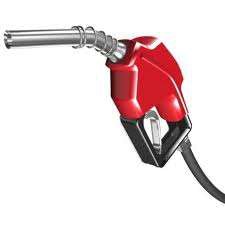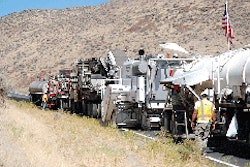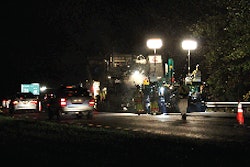
Nothing like shouting a three-letter word ending in X to get your attention. But no, we’re not talking income tax.
The gas tax is back on a table in Washington. The 18.3 cents a gallon tax, un-indexed and unchanged in almost 20 years, is the now inadequate basis of our highway system funding.
It’s back courtesy of a move something like a backhanded compliment. Both the incoming chairman of the House Transportation and Infrastructure Committee, Bill Shuster, and the ranking Democrat Nick Rahall have gone on record in response to questions by saying that “everything is on the table.” In other words the leaders from both parties on T&I have refused to rule it out. No sign of anything more positive than that. Just a standard political position taken.
And yet…
With fiscal cliffs and taxes on the very wealthy now front and center in the overheated Washington atmosphere, a raised gas tax has some advantages that may see it gain some support in those smoke-filled rooms.
Firstly. It’s a user fee, paid only when you buy fuel to run a vehicle on our roads (and it must be kept that way – if some of the gas tax income slides off into other accounts highways would be even bigger trouble). None other than President Ronald Reagan pointed out when he raised the fuel tax that it was a user fee and that his nickel raise was necessary so our transportation infrastructure could be maintained. The simplicity and clarity of that argument gets more and more obvious. Incidentally both the original President Bush and President Clinton also hiked the tax, heavily relying on the Reagan reasoning.
Secondly, a gas tax rise has been used in the past as part of a deficit reduction plan, the sort of plan being hashed out in D.C. right now. It worked by raising the gas tax and sending part of the additional revenue to deficit reduction and part to the Highway Trust Fund (HTF). When the deficit is under control, all of the income goes to the HTF (remember, this is theory).
Gas prices are now sky high and volatile, but they rarely cut into miles driven and we still buy a lot of SUVs. Gas tax receipts fell as vehicles became more efficient and then because of recession-effects. This is not to say a gas tax raise could be “hidden” or should be buried in the overall price, but as Americans demand action on deficits and the economy in general, a gas tax may be seen more and more as an efficient option – it would directly address highway and deficit needs and be paid by users, and all of it would go to only those two accounts.
How much? Well, I complain that politicians avoid the hard answers, so I’ll take a shot. As SAFETEA-LU wound down and a gas tax hike was being considered the figure of 15 cents a gallon was widely thought to be enough to pay for what had to be done and got some broad non-politician support, even from the business community. That could be 15 cents in a lump sum or phased in over five or more years (the length of a 2014 reauthorization bill perhaps). So I’ll go with 15 cents. Indexed.
More taxes? No scream politicians. But when it comes to highways should we not expect them, post-scream, to explain where the money will come from simply to maintain our core road and bridge system without a raise? It comes from somewhere or our roads and bridges crumble. Every time I hear one of them scream then walk away from the media microphones it helps build the frustration level. And now we have MAP-21 as our surface transportation legislation, and it is both hopelessly underfunded and the money that there is either is borrowed or conjured up, rabbit-like, out of hat. That will (may?) only work once.












